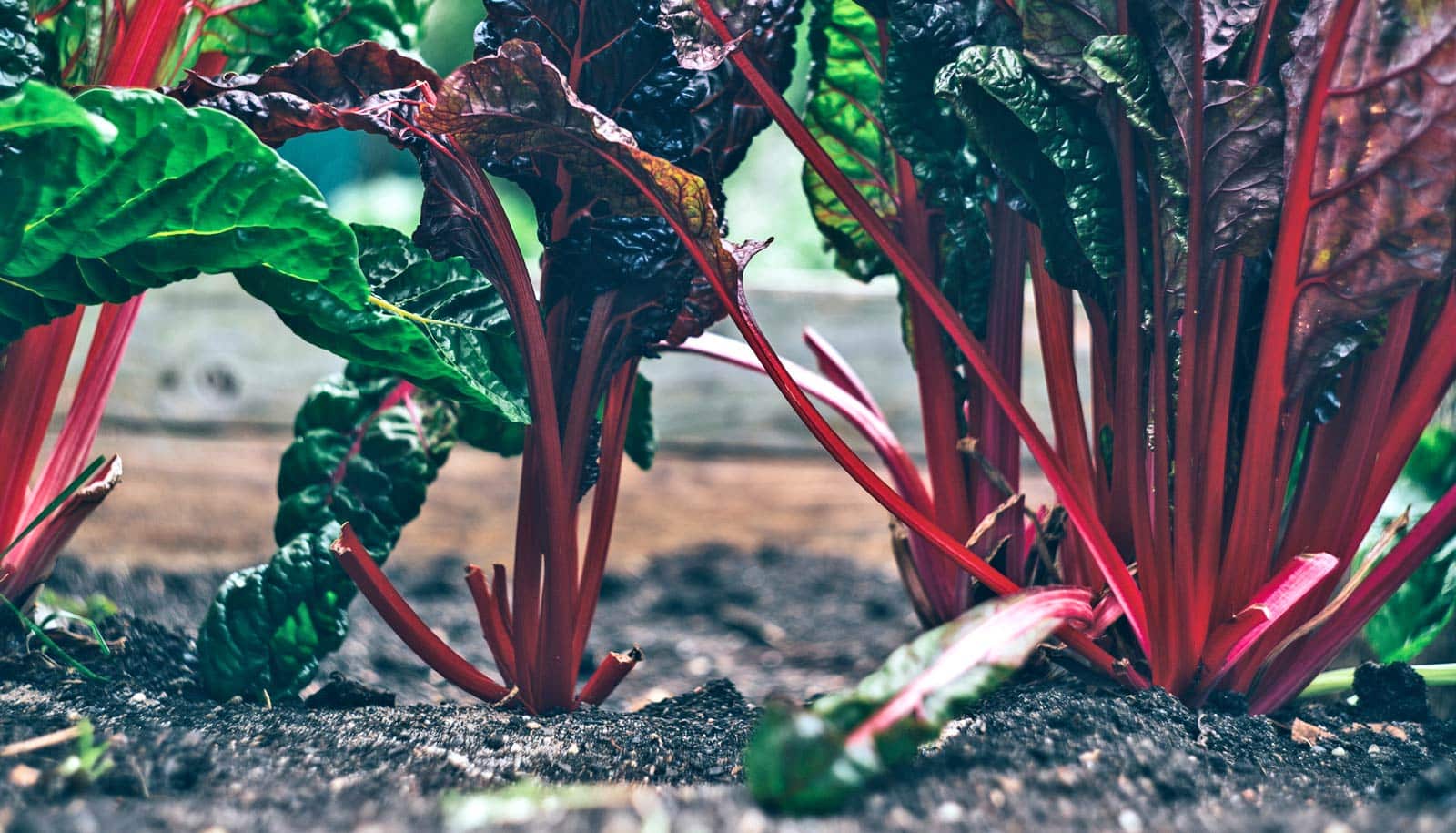New research links changing weather and plants’ ability to fend of disease.
The findings are relevant to the anticipated shortage of agricultural output to meet the steady rise in human population. Overcoming crop loss due to disease and adverse weather will be key in achieving this goal.
“Just like people, plants are more likely to get sick when they are growing in stressful environments.”
One of the best historical examples of this is the Irish Potato Famine. Beginning in 1845, Ireland experienced the “perfect storm” of unusually cool, damp weather that provided prime growing conditions for an exotic pathogen that destroyed the potato crop. With their primary food source ravaged by disease, a million Irish people died from the ensuing famine.
On the other end of the thermometer, warmer temperatures also can cause extensive crop loss.
Bethany Huot, alumna of the cell and molecular biology graduate program and the study’s lead author, wanted to find out if warmer temperatures would compromise plants’ defense systems or enhance the virulence of pathogens.
The answer: Both.
“Just like people, plants are more likely to get sick when they are growing in stressful environments,” says Huot, whose findings appear in Nature Communications. “While individual stresses are damaging to plants, they can have catastrophic effects when combined.”
The researchers showed on the genetic level how high temperature weakens plant defenses while, separately, strengthening bacterial attacks.
When people get a fever, they take a form of salicylic acid, or SA, commonly known as aspirin. Plants don’t have to go to a medicine cabinet because they’re able to make their own SA. At 73 degrees Fahrenheit, plants can produce plenty of SA to fight off a pathogenic infection. However, when the heat rose above 86 degrees, no SA was produced, leaving plants vulnerable.
The authors also found that the pathogen became stronger at the elevated temperature. However, the increased vulnerability of the plants occurred regardless of whether the pathogen was present.
“Since the plants could no longer make SA at elevated temperature, we sprayed them with a chemical that acts like SA,” Huot says. “This treatment effectively protected the plants from infection; even though the bacteria are more virulent at high temperatures, plants can fight them off if we give them the SA they can no longer make.”
Don’t mess with these little ‘pockets’ of soil
Even if global climate issues are resolved, local fluctuations in environment will always occur and greatly affect crop growth and yield, Huot adds.
“Increasing our understanding of how specific environmental factors affect the host and the pathogen as well as their interactions can inform strategies for developing robust crop resistance,” she says. “This is important for keeping food on the table.”
Additional contributors to the work at from Michigan State University, Western Michigan University, and the Max Planck Institute for Plant Breeding Research in Germany.
Michigan State graduate fellowships, the Gordon and Betty Moore Foundation, and the MSU Plant Resilience Institute.
Source: Michigan State University



